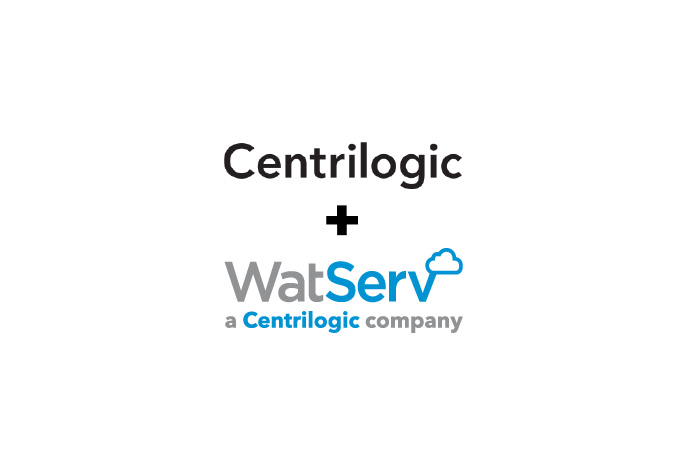Why Are We Moving To The Cloud? Defining Your Motivation For A Cloud Migration Strategy
By Kazim Somji, CTO
May 12, 2021
Why are we moving to the cloud?
It’s a question many executives face during board meetings peppered with more technical jargon than the usual strategy sessions. There are many specific reasons why a cloud migration strategy is advantageous, but some motivations are linked to cost, some to flexibility, and some to more specific factors inside your organization.
It is a useful exercise to classify your corporate motivations into several groups so you can make sense of the push and pull across all of them. Microsoft has done a nice job of summarizing how this can work in their description of the Cloud Adoption Framework for Azure.
The first step is to consider which business events are driving your desire to adopt a cloud migration strategy? This allows you to list the events that are driving your strategy and whether they have an outcome that is based on the migration itself or the outcome will result in greater innovation.
To illustrate, if your primary driver is that you just don’t want to be managing a datacenter then the migration outcome will be the immediate cost savings from releasing the building and all the ongoing cost of running a datacenter. However, there is also an innovation outcome, because the cloud approach allows new technical capabilities to be explored, where it was not possible using the old architecture.
There are many different types of business event that can move you towards a cloud migration strategy, including M&A, technical end-of-life, or regulatory changes. Where motivation is largely driven by a need to migrate (this is the most common) it is important to document and plan the key drivers because some will have a greater business impact than others.
Microsoft suggests the following list as an example, with the motivations at the top of the list having the most immediate impact on business outcomes.
- Increasing cost savings.
- Reducing vendor or technical complexity.
- Optimizing internal operations.
- Increasing business agility.
- Preparing for new technical capabilities.
- Scaling to market demand.
- Scaling to geographic demand.
But it is clear that many modern organizations are built on data, insight, and experiences. This will lead many executives to adopt an approach that focuses on the potential for innovation as an outcome of moving to a cloud strategy. Some specific innovation-led motivations suggested by Microsoft include:
- Increasing business agility.
- Preparing for new technical capabilities.
- Building new technical capabilities.
- Scaling to market demand.
- Scaling to geographic demand.
- Improving customer experience and engagement.
- Transforming products or services.
In many cases these motivations will blur and merge. It could be that you want to reduce complexity, stop managing a datacenter, reduce the number of suppliers you need to manage, and also build the technical capabilities that support greater business agility for the future. The point is to understand your main motivations and to prioritize them.
In my next article I will outline some of the business outcomes that can be achieved from a transformation journey and cloud adoption. Please let me know what you think about the motivations I discussed here and the distinction between migration and innovation motivation.
I think the Microsoft ideas are a useful way to cut through some of the noise when planning a migration to the cloud. Some executives may see it primarily as a cost reduction exercise while others will see the opportunity for innovation. Planning the real motivations more explicitly can be be a useful way to define your priorities.
Follow the WatServ company page on LinkedIn to ensure you never miss our articles and commentary.

CASE STUDY
WatServ Supports Gerrie Electric from Strategy to Execution of its Digital Transformation
WatServ demonstrates best-in-class capability and market leadership through proven technology and customer commitment.
About
WatServ is an IT solutions provider that helps organizations digitally transform through cloud technologies and managed services.
Serving clients as a trusted advisor since 2006, WatServ provides experience-tested, strategic solutions across all stages of the digital transformation journey. Clients choose WatServ to migrate infrastructure and applications to the cloud, secure critical data, implement disaster recovery, deploy virtual desktop, enable data-readiness for productivity solutions and manage IT environments.
Our clients span a broad range of industries, and we’re a global supplier of IT services for many Brookfield Portfolio Companies. To help our mid-size clients, we provide scalable offerings that simplify cloud adoption and drive business optimization. For enterprise clients, we co-create cloud solutions that enable stability and efficiency for complex IT tools and processes.
With more than 15 years of experience, WatServ has a track record of delivering quantifiable business results and a superior client experience. Ranked as one of Canada’s Top 100 Solution Providers for the last three years in a row, WatServ is always on.

